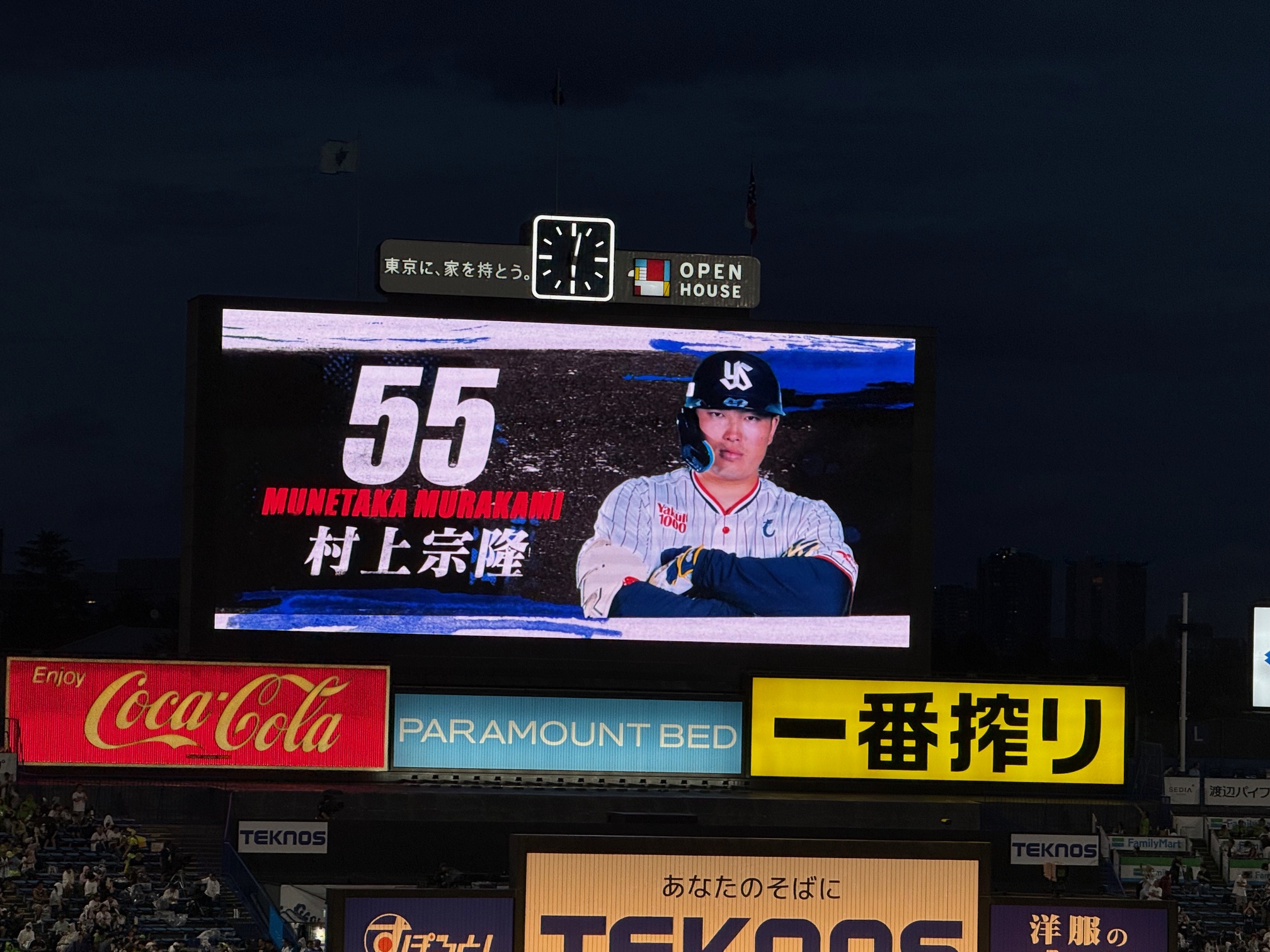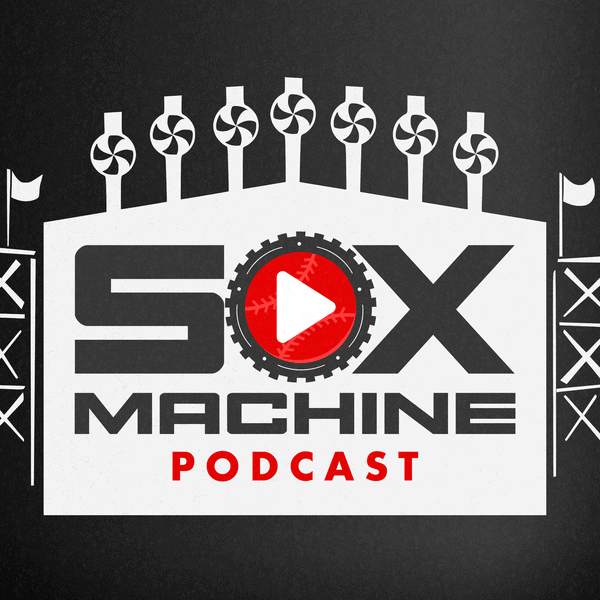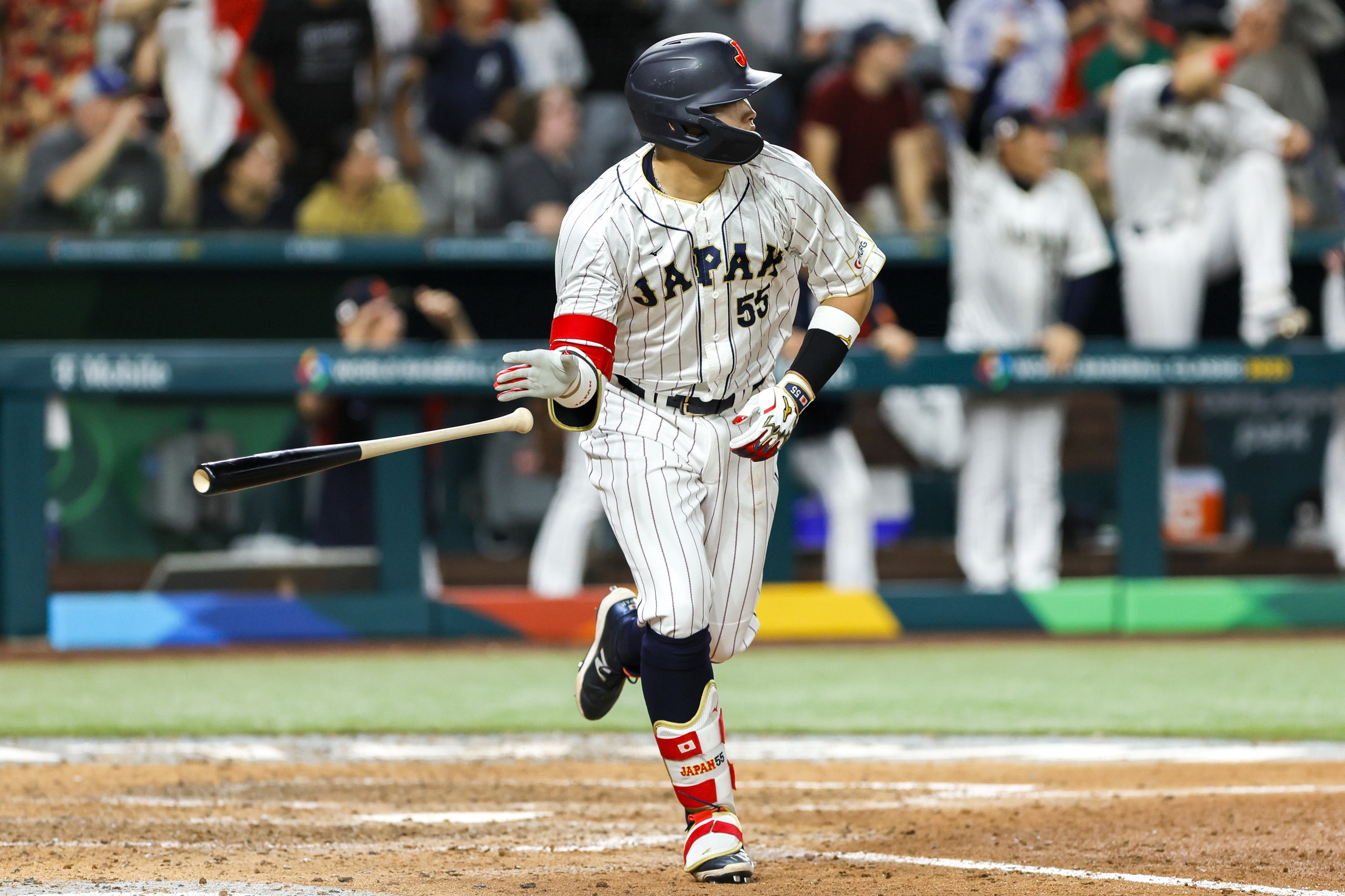In two recent offseasons, the market for a superstar solution to right field bent itself as far as it could go in the White Sox's favor.
In 2019, Bryce Harper signed a 13-year, $330 million contract with the Philadelphia Phillies. The commitment sounds staggering on the whole, but it's entirely because of the length. Taken year to year, he tops out at $26 million, and his salary drops down to $22 million for his final three seasons, starting at age 36. Spotrac says 19 players will make more on an annual basis than Harper next year, which is a pretty good deal for an MVP-caliber player, even taking the Tommy John surgery into account.
In 2021, George Springer signed a six-year, $150 million contract with the Toronto Blue Jays. He didn't command a Harper-grade commitment because he hit free agency at age 31, and a non-Toronto team might've been able to sign him for a bit less. The uncertainty over Canada's COVID-19 restrictions and which cities the Blue Jays called home reportedly required them to pony up a little more. Even with that boost, Springer is only the 32nd-highest paid player on an annual basis.
The White Sox hosted a Harper visit with some leaked photos, but they exited the derby with an Irish goodbye. That's more than they did for Springer, who was never considered a possibility. Both would've helped the White Sox immensely, even around their injuries, and with the league's traditional heavyweights sitting on the sidelines for both players, the White Sox only had to win a game of one-on-one, not a battle royal.
The White Sox bypassed the opportunity to pay star players short of superstar salaries on the open market and instead decided to pay Jon Jay, Nomar Mazara and Adam Eaton a combined $17.56 million for a combined -0.8 bWAR over that time.
This winter's outfielder the White Sox sorely needed (and would never pursue) was Brandon Nimmo, and at the crowdsourced contract estimates -- five years, $100-110 million at FanGraphs -- he would've continued the slow slide toward what the White Sox might find palatable. It made sense to think he'd sign for less than Springer, because he's also a 30-year-old free agent, except his track record is even more injury-marred.
This time, the market did not try to meet the White Sox halfway. It veered in the opposite direction, and it's resulted in Nimmo returning to the Mets for eight years and $162 million.
Had Nimmo been the winter's first signing, you could maybe chalk it up to Steve Cohen's warped idea about what things cost. But in the context of the megadeals reached earlier this winter ...
- Aaron Judge: Nine years, $360 million
- Trea Turner: 11 years, $300 million
- Xander Bogaerts: 11 years, $280 million
- Jacob deGrom: Five years, $185 million
... Nimmo's contract almost looks about right. Or just as wrong as any of them, depending on how you approach it.
There's a chance that these deals don't represent a new normal, but a surge resulting from a unique confluence of factors outlined by Forbes' Maury Brown, who points to brand-new labor peace, rising national TV deals, additional playoff teams, and a one-time $900 million chunk of change from Disney for the rest of MLB's steaming tech. If another hard-nosed labor battle arises a few years from now, belts and pursestrings could re-tighten.
But while some of these influxes are temporary, other factors have staying power, like additional playoff teams and richer owners. If that's the case, it's easy to imagine the White Sox falling further behind the times, because they couldn't be motivated to act when it was most beneficial to do so. The baseball reasons were there, as the White Sox should've been ensuring postseason appearances instead of assuming them. The financial reasons were also there, because now that the free agent market has reversed course, the Sox missed out on the time value of money, especially when they would've been buying low.
In a context where Nimmo is signing for eight years and $162 million coming off his first full healthy season in three tries, the nine years and $222 million remaining on Harper's contract almost looks like a bargain. Springer has four years and $90 million left, which might look downright enviable depending on what Andrew Benintendi signs for. (If only everybody who worried about paying Harper or Springer or Manny Machado $25 to $30 million at age 35 would've known the trepidation of paying Yoán Moncada $24 million at age 29.)
Add it all up, and if the White Sox had no interest in signing somebody like Springer to a $150 million contract, then there's really no point in projecting them to be active in markets where shakier players command more, is there?
I'd say the White Sox lack a sense of urgency, but I dislike that phrase because "more urgency" isn't always the solution at the time, which means Rick Hahn can always be mostly correct when he says something like ...
“At the end of the day, there’s no added benefit to acquiring a player (now). Doing a bad deal on December 6 is a lot worse than doing a good deal on January 6. There’s excitement. We feel it. We all come out here. Your staff is out here. You’re talking, there’s a bit of a fever pitch, an energy, a focus on the game. We certainly would love to replicate some of the previous Winter Meetings we had where we had multiple trades or free-agent signings. In the end, we’re not going to force it.”
It's more accurate to say the White Sox lack a sense of time and place, which is even more worrisome since it calls into question general cognitive abilities. Hahn can't convincingly extol the virtues of patience after a winter where Kendall Graveman and Leury García represented his only pre-lockout activity, and his post-lockout moves weren't much better. Jerry Reinsdorf is as culpable as anybody for the franchise's shortcomings, especially after two years of dicking around with Tony La Russa, so maybe he shouldn't joke about how few games the White Sox win.
This makes me worried for Pedro Grifol, because if the White Sox are planning on treating 2023 as a re-simulation of 2022 with an invested manager, they run a serious risk of setting him up to fail, because it doesn't take into account all the ways the league is getting better. But I'm only worried a little bit -- not because of anything the White Sox may or may not accomplish, but because failure is so seldom punished here.






